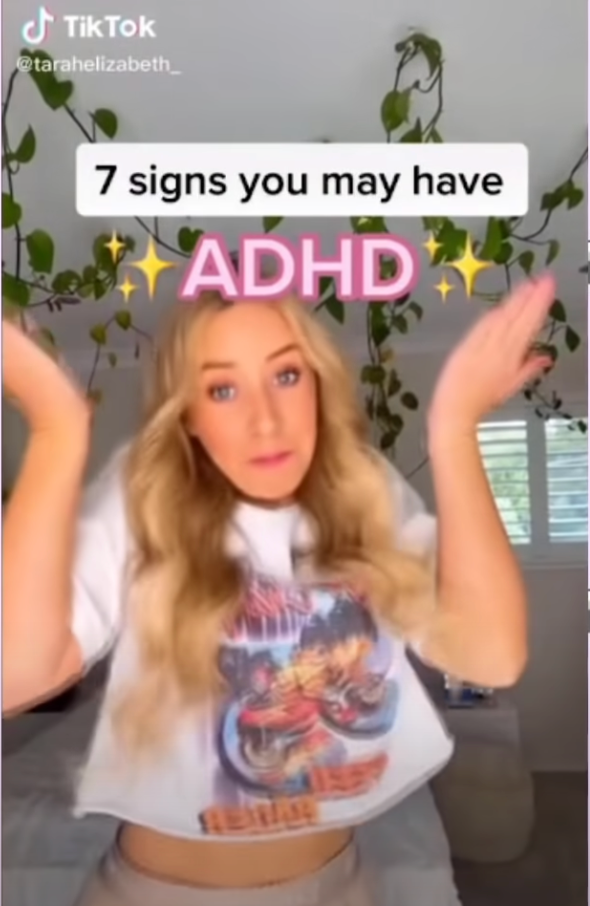Over the last few months, followers of the “autism” hashtag on TikTok have been deluged with videos offering a variety of cures for the neurological condition, ranging from miraculous religious healing rituals to drinking raw cow’s milk. Such content is the latest iteration of viral do-it-yourself diagnoses and remedies for mental-health disorders. Though data on just how many teens are using TikTok to self-diagnose is inconclusive, videos with mental-health-related hashtags amassed more than 45 billion views last year, according to the platform.
Some celebrate this phenomenon as a triumph for personal agency and expanded access. Others lament that this is a sign of a rising culture of victimhood as well as withering institutional trust, with nearly half of Americans reporting that they have lost confidence in the health system since the pandemic. But a closer look at the history of self-diagnosis suggests that the latest trends on TikTok are simply a contemporary expression of America’s long-standing individualist tradition.
In 1727, John Tennent published Every Man his own Doctor (commonly known as The Poor Planter’s Physician), a medical manual intended to aid pioneers lacking access to physicians. Soon it became, in the words of the historian Douglas Southall Freeman, “a book which was third only to the Bible and to the Prayer Book in the estimation of the colonials.” Over the course of the next century and a half, a slew of similar tracts emerged, running the gamut from sex guides, to books of herbal remedies, to biblically inspired health manuals. The recommendations would sometimes require drastic lifestyle changes that aimed to perfect one’s physical well-being, adapting the puritanical Protestant ethic to medicine and health care.
The popularity of these manuals reflected the fact that laypeople shared the task of medical care with physicians. Midwives, pharmacists, and even experienced mothers and grandmothers often assumed the role of primary caregiver, turning to doctors when necessary. But centralization of medical certification in the early 1900s, which subsequently tied training to the university system, removed health care from this communal context, making it the exclusive province of formally trained physicians. The professionalization of medicine was further advanced by the formation of the Advisory Board for Medical Specialties in 1933 as a response to the growing share of doctors who would train as specialists, rather than general practitioners. This void led to the creation of nurse practitioners in the 1960s, which required nurses to go through further training and certification to work as general practitioners. Amid these changes, manuals appealed to those who wanted to take medical care into their own hands.
